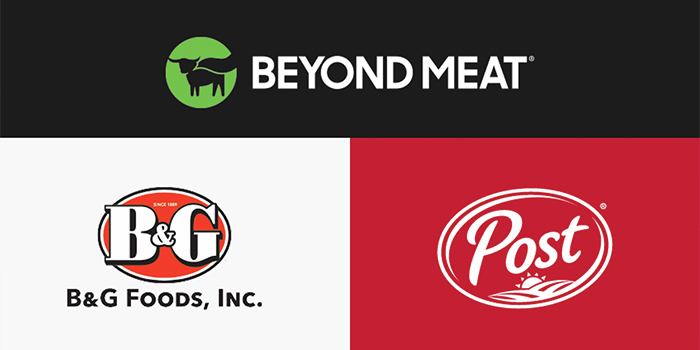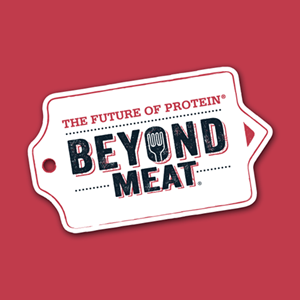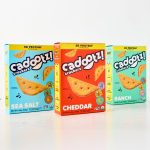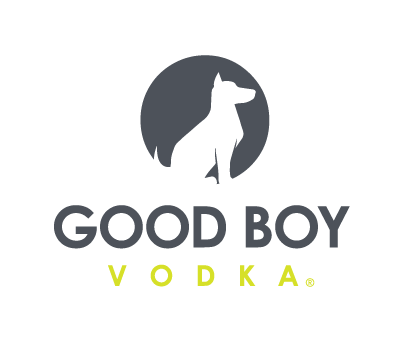Post, B&G and Beyond Meat Talk Retail Trends, Foodservice Landscape

Post Holdings Talks Cereal Sales, Plans to Distribute BellRing Brands Interest
In its third quarter fiscal 2021 earnings call today, Post Holdings reported net sales of $1.6 billion, a 19% increase from the year-ago period. The company saw sales bumps across foodservice and BellRing Brands, but declines in its Post Consumer Brands and Refrigerated Retail segments.
“We are navigating a challenging environment reasonably well,” CEO Robert Vitale said. “The pandemic and the public policy reactions have stressed our supply chains and produced some really unusual results around consumer behaviors, labor availability [and] commodity volatility.”
Sales for Post Consumer Brands, which includes the company’s private label cereal products and Peter Pan nut butter, were down 11.2% to $468.7 million. The company attributed the sales drop to lapping the year-ago stock-up period, as well as “demand softness,” across its value and private label cereals, EVP and CFO Jeff A. Zadoks said. Vitale said the company foresees “differentiation opportunities” in the value segment from the acquisition of TreeHouse Foods’ RTE cereal business and its two facilities in Ohio and Nevada, which was first announced in June.
In Foodservice, net sales saw a 79.6% spike to $435.1 million as it lapped notably low sales in the away-from-home channel in the year-ago period. Net sales were down 11.8% to $220.8 million in the Refrigerated Retail segment, as the company was hit with labor shortages and lapping last year’s bump in at-home consumption. The company also executed price increases in this segment in Q2.
BellRing Brands, which includes brands such as Premier Protein and PowerBar, saw a 67.8% sales increase to $342.6 million, driven by increased distribution, price increases, strong velocities and category momentum, the company said. Post yesterday also announced plans to distribute its interest in BellRing Brands — the company currently owns 71.2% of BellRing, through 97.5 million non-voting membership units. Post will distribute this interest to its shareholders through a yet-to-be-determined form of distribution, aiming to retain less than 19.5 million of its units. Vitale said the move is a “non-event” operationally, with Vitale remaining as executive chairman and Darcy Davenport continuing as president and CEO of BellRing.
“We consider this a natural evolution in the already remarkable BellRing story,” he said. “It will enable Post shareholders to choose greater exposure to BellRing if they so desire.”
Beyond Meat Sees Sales Bump as Foodservice Returns
In its Q2 earnings call yesterday, Beyond Meat reported net revenues of $149 million, a 32% year-over-year increase. In retail, its revenues were up 6%, though it saw 14% declines in the U.S. as it lapped last year’s record retail revenues from COVID-related stockpiling. The company also increased its household penetration 6.2%.
Foodservice revenue was up 218% overall, and up 269% in the U.S. alone, which CEO Ethan Brown said indicates signs of recovery from the pandemic among restaurants, lodging venues and smaller QSR chains. However, rising COVID-19 infection rates in the U.S. could once again have a “dampening effect” on foodservice demand, Brown said. Because of this concern, larger QSRs have taken efforts to cut down their menus, he said, which resulted in a distribution reduction for Beyond Meat’s breakfast sandwich collaboration with Dunkin’ Brands. The offering, which was previously sold chain wide, will be limited to menus in the western U.S. locations.
Phil Hardin, who joined Beyond Meat as CFO last month after serving as VP of advertising finance at Amazon, added that the foodservice channel is seeing “early signs of a return to a more cautionary stance,” resulting from the spread of the Delta variant.
Brown also discussed recent Beyond Meat innovations, including its Beyond Chicken Tenders which launched last month in foodservice and are already “gaining strong recognition.” Most notably, the line has already been added to the menu at Panda Express in a plant-based spin on the chain’s orange chicken. Given industry response, Brown said the company is working to expand production capabilities for the tenders “as quickly as possible.”
Also on the production front, Beyond Meat is investing in infrastructure and equipment across the U.S., EU and China, Brown said, with the goal of “accessing the full potential of our total addressable market and establishing Beyond Meat as the global protein company of tomorrow.” The company hopes to reach price parity with animal proteins across its plant-based beef products within the next three years, he said, adding that poultry is a “much harder target.”
B&G Foods Sales Down While Spices & Seasonings Grow
The second quarter of 2021 was “the most challenging to lap” given pantry loading that occurred in the year-ago quarter, B&G Foods president and CEO Kenneth C. Keller said in the company’s Q2 earnings call yesterday. Net sales for the company decreased 9.4% to $464.4 million, but were “nicely ahead” of pre-pandemic levels, up 25.1% from Q2 2019, CFO Bruce. C. Wacha noted.
Sales decreases were seen across Green Giant (35.6%), Clabber Girl (33.5%) and Ortega (12.7%), while Maple Grove Farms and the company’s spices and seasonings segment both saw sales bumps as foodservice business continued to pick up.
Despite a drop in stockpiling relative to last year, the company still sees opportunities in building on trends which emerged during COVID, Keller said. According to a recent study by the company, as of spring 2021 about 65% of consumers are still baking at home once a week, offering opportunities for continued growth of its Clabber Girl and Crisco businesses.
The company has raised prices across 80% of its portfolio and reduced trade promotions to recover higher input costs, which have particularly hit its Crisco business due to soybean oil costs doubling year-over-year, Keller said.
The call was Keller’s first quarterly earnings report as CEO of B&G, taking over the role on June 14. Keller said his strategy for the company going forward will be a “stronger focus within the portfolio on where we will grow, invest, acquire and create value.”
“We have successfully acquired and integrated more than 50 brands into our company since it was established in 1996. For sure, some of the brands are a little old and stodgy, but many of these generate significant cash,” he said. “Many other brands and businesses that we have acquired, including spices, baking and meals, still have incredible opportunities in front of them. Our goals are to continue to increase sales, profitability and cash flows through organic growth and disciplined acquisitions of complementary branded businesses.”

















